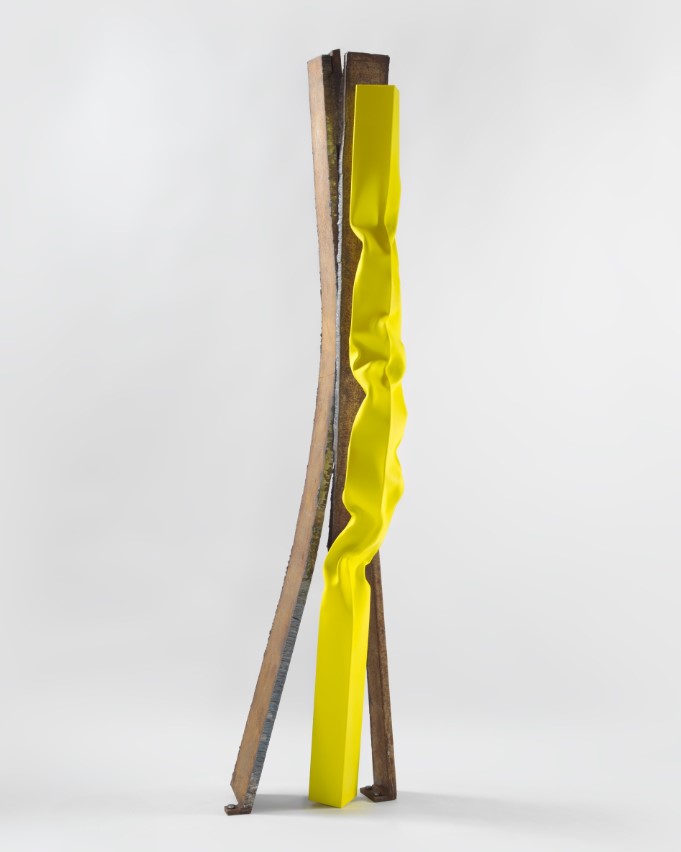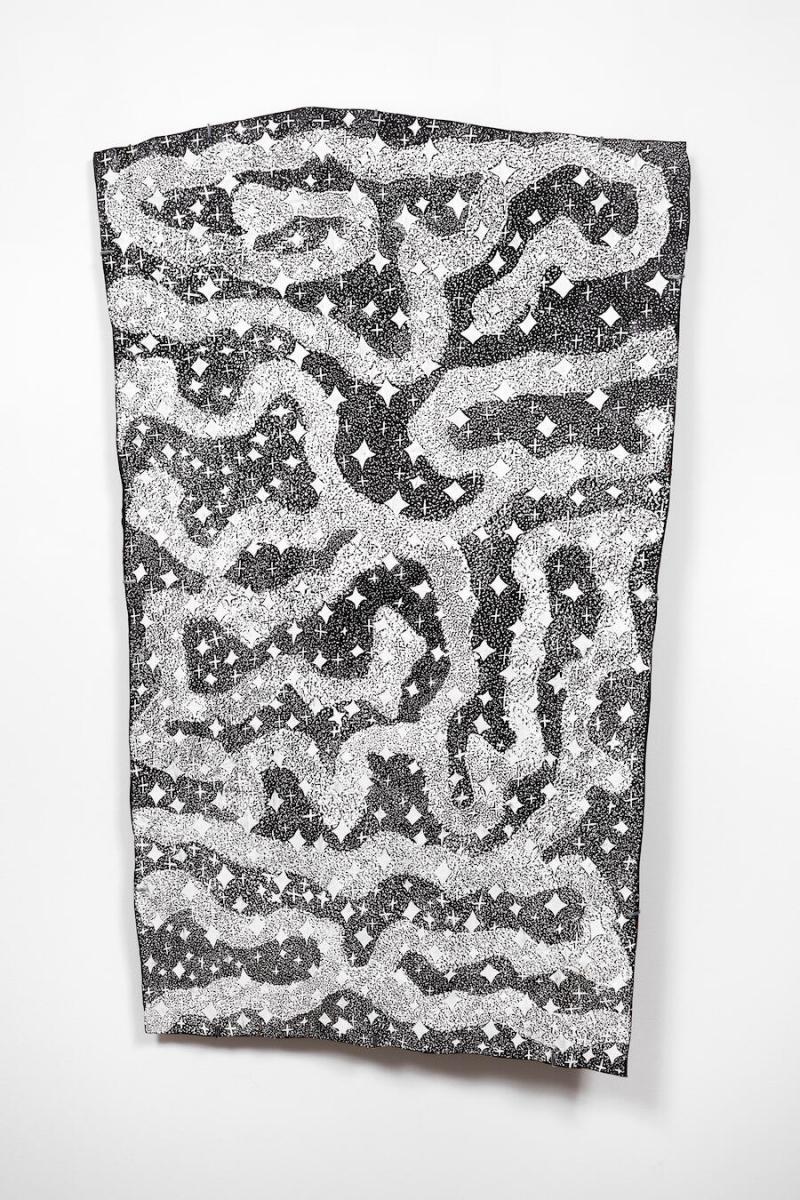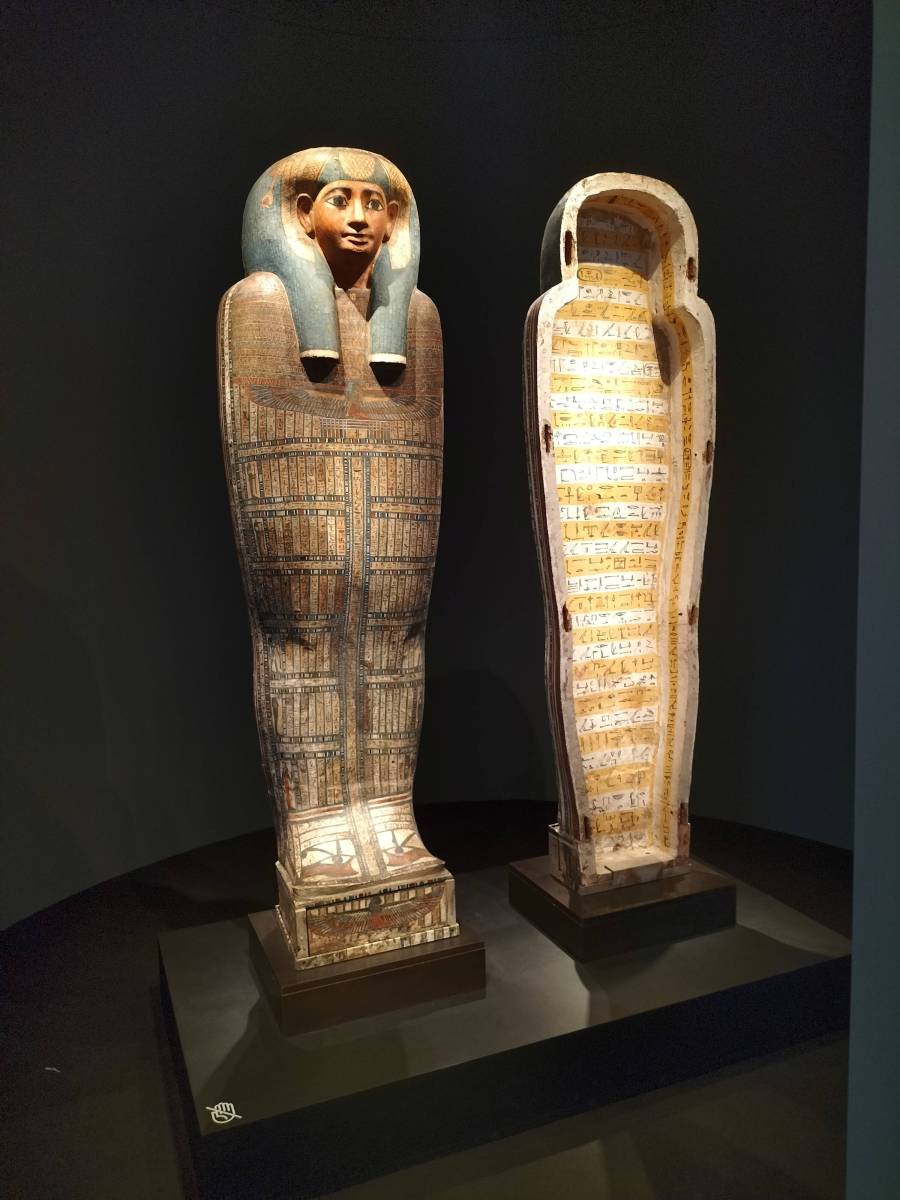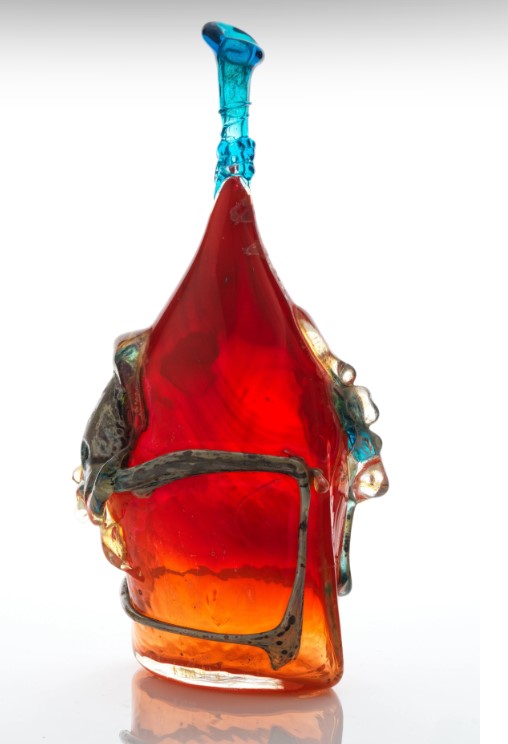It’s all about art in London this month with the epicentre of the art universe being the beautiful surrounds of Regent’s Park. Here some of the world’s most collectable art fills two of the swankiest tents you’ll ever see at Frieze London and Frieze Masters, the UK’s biggest and most important art fair.
In this article:
London art ecosystem
The Frieze Fairs are such a major event that it gives the entire London art ecosystem a huge boost. Suddenly there are multimillion-pound art auctions everywhere and an abundance of openings and private views every night of the week. The Christie’s auction reported sales of almost £82 million with a Lucian Freud nude the highest achiever at £11.8 million. Sotheby’s also had a good week with its top seller, a David Hockney, finding a new home for £13.2 million. And the crush at the Phillip’s auction viewing made rush hour on the underground look tame. There’s also an important antiques fair in Berkeley Square, the fabulous 1:54 Contemporary African Art Fair at Somerset House, and then the Affordable Art Fair at Battersea Park next week. It’s said that London represents around 20% of the world’s art market, and I’d say a vast proportion of that takes place right now.
Frieze Fairs
Frieze London and Frieze Masters are huge events with hundreds of exhibitors and massive attendances; organisers say over 60,000 people came last year. Interestingly, each fair has its own distinct identity. At Frieze London it’s all about contemporary art with major commercial galleries from London and abroad setting up shop.
Most of the galleries were showing multiple artists from their stable and it was all for sale, even if they were a little coy about displaying the prices. All the big names were here with established artists showing alongside the many emerging artists that the gallerists hope will become the next big thing. And there was a special Frieze Focus section devoted to new and emerging London galleries.
Frieze London
Frieze London is big and bold and was dominated this year by paintings; interestingly, there were very few examples of video work, installations or other forms of more experimental art. One notable exception was Gagosian, which was showing a new series of large-scale sculptural works by Carol Bove. These were colourful three-metre tall abstract sculptures titled Grove I – Grove IX. Similar but different, each one incorporated a chain, a painted disc or one of the artist’s now familiar motifs of painted and partially crumpled square-profile stainless steel tubes.

Another eye-catching booth was Sullivan+Strumpf with a new series of bark paintings infused with stars by Australian First Peoples artist Naminapu Maymuru-White, one of the first Yolŋu women to learn to paint miny’tji sacred designs. Using a technique inherited from her father, the artist creates her delicate ‘rivers of stars’ paintings with monochrome earth pigments on layers of bark, using a fine brush made from human hair and a wooden skewer.

With so many of the booths given over to paintings, it soon began to morph into one big mass of paint on canvas. If this was a true representation of contemporary art practice today, you’d have to say it’s looking a bit safe and bland. Where was the passion and poetry, the irony and the anger? Indeed, where was the antagonism that always made contemporary art so dangerous and daring? Most of this work was figurative and felt safe and domestic, almost nostalgic. Even the abstract works felt meditative and calm rather than challenging.
One booth with a diverse exhibition was Thaddaeus Ropac, which was showcasing some big names. There was a distinctive, life-sized Antony Gormley, a set of four colourful Donald Judd woodcuts and an intriguing upside down portrait Vanille by Georg Baselitz.
The Stephen Friedman booth had some interesting new paintings by British artists Caroline Walker and Clare Woods. The works explored how these two women artists take on the role of observer in their work. Walker is known for her paintings examining the diverse social, cultural and economic experiences of women living in contemporary society, with a focus on the overlooked jobs performed by women. The works by Woods depicted large stone planters overflowing with foliage, drawing on photographs she took here in Regent’s Park some 20 years ago. Combining oil and resin to ‘make the paint move’, the artist adjusts colour and tone through the weight of her brush just as a sculptor might manipulate clay. They had a very successful time at Frieze, selling out the works in just a couple of days.
Hauser & Wirth was showing new works by Charles Gaines from his acclaimed Shadows series, which began in 1978, marking the first time he has revisited these in over four decades. Shown alongside his complete set of Shadows X from 1980, this new body of work continues his interest in engaging with formulas and systems that interrogate relationships between the objective and subjective realms. Hauser & Wirth also has a stand at Frieze Masters showing works by celebrated 19th and 20th century artists including Édouard Manet, Giorgio Morandi, Louise Bourgeois and Philip Guston.

Artist-to-Artist
One of the most fascinating sections in Frieze London was ‘Artist-to-Artist’ where six established artists each selected an emerging artist they would like to show. This support of new practitioners reflects a commitment to fostering connections across Frieze’s global network. Cross-disciplinary artist Appau Junior Boakye-Yiadom, chosen by US conceptual artist Glenn Ligon, was one of the few artists displaying alternative art forms with his intriguing hidden music installation.
Frieze Masters
After all that contemporary art, it was time to take a 10-minute trot through the Park up to Frieze Masters. It was a very different vibe there where art masterpieces from antiquities to modern icons of the 20th century were on display. The moment you got past the airport-style security you knew you were seeing the real thing. Here were artworks that would be right at home in any art museum and they were yours to buy, especially if you had a spare million quid in your designer handbag.
A good place to start was the stunning display from Johnny Van Haeften, one of the world’s leading dealers in great old master paintings. It was hard to walk past A Still Life of Fruit in a blue and white porcelain Dish with Flowers and Seashells, painted by Balthasar van der Ast in the mid-1600s. This superb picture just holds your gaze with its intense colour and intricate detail.
At Ben Brown Fine Arts there were works on display from £15,000 to £1.4 million, but you had to ask as the prices were not shown. Ben Brown had a great start to Frieze with multiple sales of works by artists including Alighiero Boetti, Lucio Fontana, François-Xavier Lalanne and Alexander Calder, whose brilliant exhibition opened to a crowd last week at Ben Brown’s Brook’s Mews Gallery. With buyers from Italy, the US and Asia, as well as local collectors, the dealer says the art market “remains reassuringly strong at multiple levels if you bring quality presentations”.

That’s not to say there weren’t a few more modest works on offer if you looked carefully. Frestonian Gallery was enjoying its first Masters with a beautiful exhibition of hand-blown works by the influential glass artist Sam Herman in the Spotlight Section. Herman’s work is held in major collections worldwide, including the V&A here and the Metropolitan in New York. And they are affordable with prices from £8000 to £18,000. Not surprisingly, given the stunning work, Frestonian made 20 sales in the first couple of days at Frieze.
Over at Philip Mould you could see paintings from four centuries of women artists working in London, including Mary Beale, one of the UK’s first professional female artists. On display was a study of Beale’s son Bartholomew, painted in the early 1660s, and one of just a dozen of such works known to exist. Similar works are held in public and private collections including the Tate and The Huntington Art Museum in California.
Egyptian antiquity
Perhaps the most startling item for sale was a 3000-year-old Egyptian sarcophagus, just as you’d see in the great Cairo Museum. Originally made for Princess Sopdet-em-haawt around the 7th century BCE, this is said to be the only royal sarcophagus to have ever been offered on the open art market. Dealer David Aaron said it sold at Sotheby’s in New York 10 years ago for US$1 million and the price is now “substantially more”.

People watching
When you’d had your fill of art, the people watching was just as fascinating – sitting back and sipping your £20 glass of Ruinart bubbles and watching the cream of the global art society go by. These were the elite of the art world, serious collectors representing private and corporate collections, and buyers from global institutions. The whole feeling at Frieze Masters was different, more serious and subdued; even the carpet underfoot was softer. And with preview day tickets priced at a hefty £245, you knew this was serious business.
Frieze Sculpture
While the fairs only went for five days, Regent’s Park is also home to Frieze Sculpture until 27 October. Curated by Fatoş Üstek, this is free to visit any time and features work by 22 leading international artists hailing from five continents, including Leonora Carrington, Theaster Gates, Zanele Muholi, and Yoshitomo Nara. Building on Üstek’s first edition last year, these works embrace an expanded notion of sculpture, highlighting artists who explore the medium’s possibilities by engaging with sound, light, performance, painting, video and augmented reality. The large-scale works are placed throughout the historic English Gardens. Frieze Sculpture is accompanied by an extensive public program of live activations and curator-led tours.





